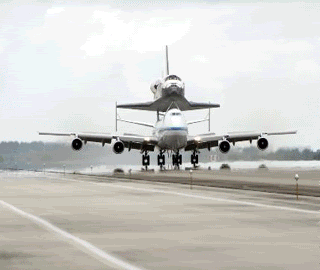 U.S. satellite measurements show Arctic sea ice extent in 2009 – the area of the Arctic Ocean covered by floating ice – was the third lowest since satellite measurements were first made in 1979. The ice area at minimum was an increase from the past two years, but still well below the average for the past 30 years.
U.S. satellite measurements show Arctic sea ice extent in 2009 – the area of the Arctic Ocean covered by floating ice – was the third lowest since satellite measurements were first made in 1979. The ice area at minimum was an increase from the past two years, but still well below the average for the past 30 years.Arctic sea ice reached its minimum extent around September 12, as shown in the image and video to the right. According to scientists affiliated with the National Snow and Ice Data Center (NSIDC), sea ice coverage dropped to 5.10 million square kilometers (1.97 million square miles) at its minimum. The ice cover was 970,000 square kilometers (370,000 square miles) greater than the record low of 2007 and 580,000 square kilometers (220,000 square miles) greater than 2008.
NSIDC is sponsored by several U.S. government agencies, including NASA. Ice data are derived from measurements made by U.S. Department of Defense and NASA satellites, with key work in interpreting the data and developing the 30-year history done by scientists at NASA's Goddard Space Flight Center in Greenbelt, Md.
"The changes from year to year are interesting since there has been large variability," said Josefino Comiso, a sea ice expert at NASA Goddard. "But we need to look at several years of data to examine the long-term trends."








No comments:
Post a Comment